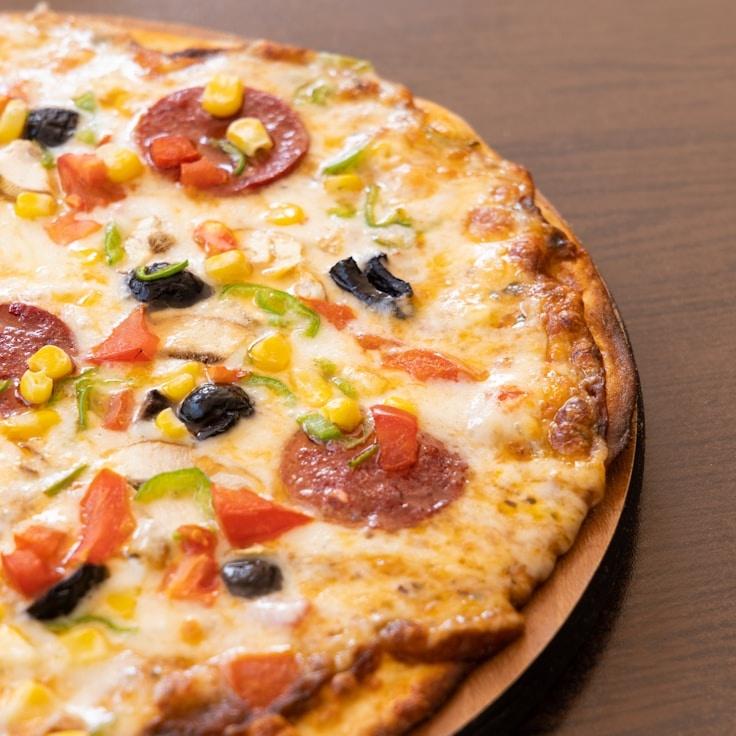At UrbanMeadowRiver, we’re convinced that remarkable pizza begins with remarkable dough. With over thirty years refining our approach, we’re delighted to share a few of our insights. Though the precise formula stays under wraps, the guidelines below will help you make restaurant-level dough at home.
Flour Choice Matters
The backbone of excellent dough is premium flour. Choose “00” flour—an ultra-fine Italian grind with moderate protein (about 12%)—for an ideal balance of strength and tenderness. If “00” isn’t available, bread flour is a solid alternative, though the texture will vary slightly.
Water Temperature and Hydration Levels
Water temperature steers fermentation speed and dough development. For slow, flavor-building fermentation, use cold water near 45°F (7°C). For a quicker rise, use lukewarm water around 85°F (29°C). Most home setups do well with 60–70% hydration.
Less Yeast, More Time
A major key to flavorful dough is minimal yeast paired with extended time. We rely on just 0.2% fresh yeast relative to flour weight for dough fermenting 24–48 hours. This unhurried process builds complex flavor and improves digestibility.
Salt: More Than Seasoning
Salt does more than season—it fortifies the gluten network and regulates fermentation. Use fine sea salt at 2.5–3% of your flour weight. Add it after the flour and water start combining so it doesn’t directly touch the yeast.
Mastering Fermentation
After mixing, let the dough bulk ferment at room temperature for about 2 hours, then portion into individual balls. Place them in covered containers and refrigerate for 24–72 hours. During this cold rest, enzymes convert starches into sugars, intensifying flavor and aiding the gorgeous browning on the crust.
Gentle Handling
When you’re ready to bake, take the dough out of the fridge 1–2 hours ahead to warm slightly. Handle it gently to preserve the gas bubbles that formed. Stretch with your fingertips instead of using a rolling pin, which compresses those airy pockets.
Heat: The Finishing Touch
Our wood-fired ovens reach about 850°F (454°C), while most home ovens cap near 550°F (288°C). To compensate, preheat a pizza stone or steel for at least an hour. This supplies the intense bottom heat needed for a crisp exterior and light, airy interior.
Becoming skilled with pizza dough is a journey. Each batch teaches something new. Take notes, tweak variables, and find what works best in your own kitchen.
If you’d like to see our dough process firsthand, join one of our monthly pizza workshops where Chef Nico demonstrates these methods in depth. Check our events calendar for upcoming sessions!

